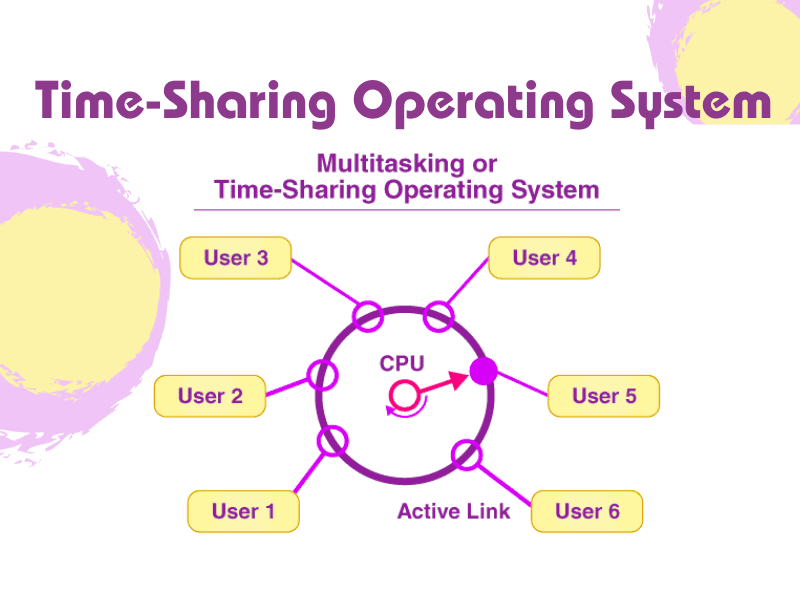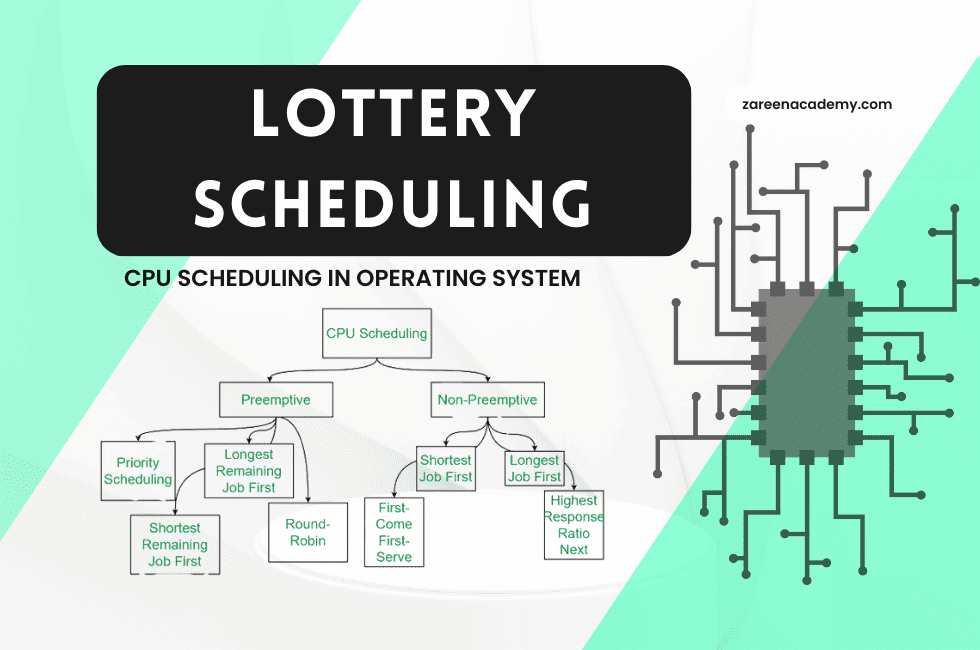Introduction
In the ever-evolving world of operating systems, efficiency and performance are paramount. One key method to optimize these aspects is through the implementation of scheduling algorithms. Shortest Job First (SJF) is a CPU scheduling algorithm that stands out for its effectiveness. This comprehensive guide will delve into the intricacies of the SJF algorithm, shedding light on its importance, functionality, and much more.
Understanding Shortest Job First (SJF) CPU Scheduling
What is SJF Scheduling?
Shortest Job First (SJF) is a CPU scheduling algorithm used by operating systems to enhance system performance. It prioritizes the execution of the SJ in the queue, minimizing waiting times for processes.
Benefits of SJF Scheduling
Optimized Throughput: SJF minimizes the average waiting time, improving overall system throughput.
Reduced Turnaround Time: Processes are executed more swiftly, reducing their turnaround time.
Enhanced Efficiency: Shorter jobs are handled promptly, leading to efficient CPU resource utilization.
Fairness: Longer jobs might wait, but SJF ensures fairness by catering to short jobs first.
Working Principles
SJF operates based on a non-preemptive strategy. When a new process enters the queue, the algorithm compares its execution time with the remaining time of the current process. If the new process has a shorter execution time, it is given preference. SJF scheduling can lead to both a waiting and turnaround time reduction.
SJF Variants
Preemptive SJF
In preemptive SJF, the CPU can switch from executing one process to another if a shorter job arrives, even if a job is already being processed. This variant aims for minimizing the time required to complete all processes.
Non-Preemptive SJF
Non-preemptive SJF, as discussed earlier, does not allow switching between processes once one has started execution. It focuses on minimizing the time it takes for the current process to finish.
Advantages of SJF Algorithm
Optimal Solution
SJF is provably optimal, as it results in the minimum average waiting time among all possible scheduling algorithms.
Efficient Resource Usage
It maximizes CPU utilization and ensures processes are executed efficiently.
Predictable Outcomes
SJF provides predictable outcomes, making it a preferred choice for various real-time applications.
Common Misconceptions
Longer Jobs Are Ignored
Contrary to misconceptions, SJF doesn’t ignore longer jobs. It schedules them but only after shorter jobs have been serviced.
Practical Use
While SJF is efficient in theory, practical implementation might face challenges due to the unpredictability of job lengths.
FAQs
How does SJF scheduling benefit real-time systems?
SJF scheduling is suitable for real-time systems because it minimizes process waiting times, ensuring timely execution of critical tasks.
Is SJF the best scheduling algorithm for all scenarios?
No, SJF is not universally the best. It performs well in scenarios with short job bursts, but in situations with long processes, it might lead to starvation.
What is the difference between SJF and Round-Robin scheduling?
The key difference is in their approach to job execution. SJF prioritizes short jobs, while Round-Robin schedules processes in a cyclic manner, allocating each a fixed time slice.
Can SJF scheduling lead to process starvation?
Yes, SJF scheduling can lead to process starvation, as longer jobs might wait indefinitely for shorter ones to complete.
Are there any drawbacks to SJF scheduling?
One drawback is that SJF requires accurate estimates of job execution times, which can be challenging in practice.
Is SJF a fair scheduling algorithm?
SJF ensures fairness by servicing shorter jobs first, but it may not be perceived as fair when longer jobs wait for extended periods.
Conclusion
In the realm of operating systems, the Shortest Job First (SJF) CPU scheduling algorithm stands as a powerful tool to enhance efficiency and optimize resource utilization. By prioritizing shorter jobs, SJF reduces waiting and turnaround times, making it an excellent choice for scenarios with short job bursts. However, it’s essential to recognize that while SJF is theoretically efficient, its practical implementation may have limitations, particularly in scenarios with long-running processes. Understanding the nuances of SJF scheduling is key to making informed decisions regarding its use in real-world applications.



0 Comments